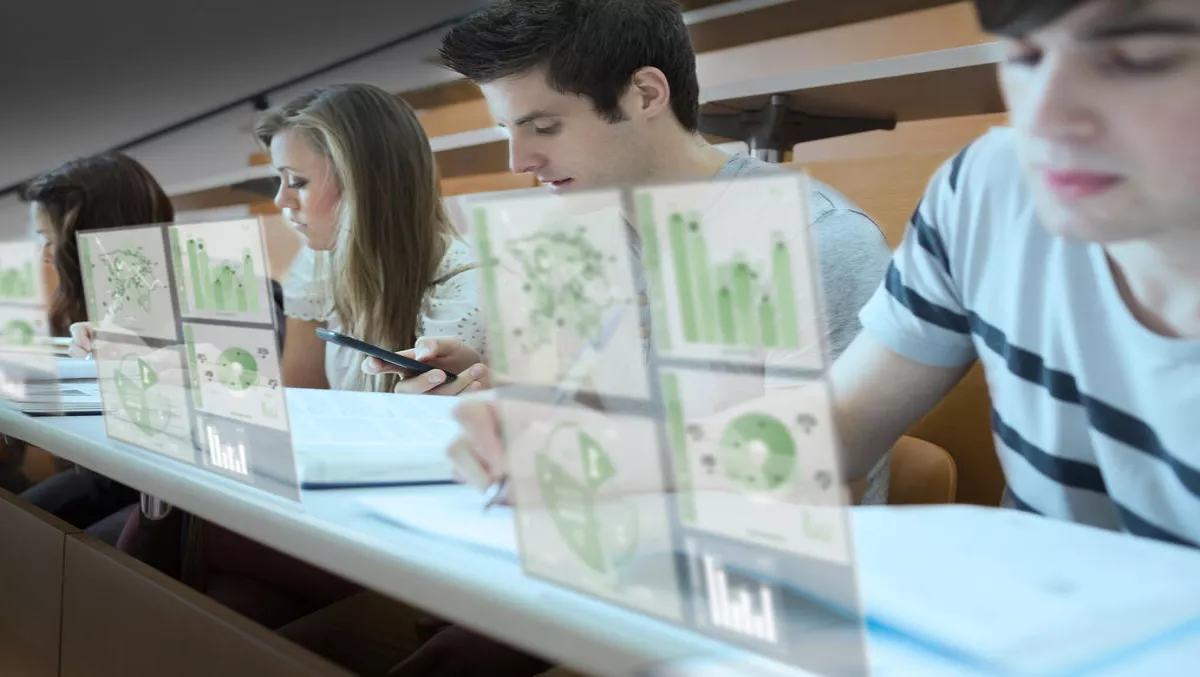
The connected classroom - the Internet of Things in education
A recent Cisco study predicted there will be an incredible 37 million connected devices in New Zealand by 2020, so it's no surprise that everyone is still talking about the Internet of Things (IoT) - a concept that technologists made famous more than a decade ago.
IoT - which refers to the interconnectivity of internet-aware devices - is most widespread in the business world, where connected offices and remote and virtual working are becoming commonplace. But while higher education institutions are playing catch-up with their counterparts in industry, they're also realising that IoT can have notable implications for teaching and learning.
So, what are the potential benefits of IoT in education? And how can educators best use these technologies to improve outcomes for teachers and students alike?
Let's get (less) physical
IoT is set to change the educational landscape for the better by enabling equal access to everyone. By connecting people with resources from around the globe, no longer will access to quality of information, or teaching, rely on physical proximity. IoT simplifies and automates access to essential information in any type of educational or real-world setting, facilitating the same opportunities for all students, regardless of their location.
Bearing in mind the pressing need for universities to think about their revenue generating capabilities, from commercialising research to 'sweating assets', the endless capacity that IoT brings is also appealing. Through online courses colleges and universities particularly can attract, and deal with, bigger student populations - offering more courses to more people and generating more income, without compromising on quality. Indeed, the virtual learning systems which power online courses can significantly improve the quality of course delivery, offering a consistent experience throughout the student lifecycle - from recruitment, registration and payment to multilingual course delivery, tracking, reporting and credentialing.
Hand-in-hand with the need to earn money comes the often reported squeeze in funding. While investing in physical equipment or real estate is no longer possible for educational institutions, increasing access to tools and information online is a cost effective solution to expand courses, make teaching more in-depth or even attract new students. When looking at investment in infrastructure, the answer to the question of 'space or webspace' is becoming ever clearer.
It's all about the data
Connected learning brings with it ability to improve upon the learning experience by allowing for real-time and actionable insights into student performance. Educators will be able to provide one-to-one instruction and seamless student assessments and, through cloud technology, instructors can collect data on student performance and alter teaching accordingly.
Using a virtual learning environment like Canvas, assessments can become less manual and time-intensive. Instead of spending hours grading multiple choice tests or assignments, teachers can dedicate their time to curriculum planning, one-to-one assistance and other more impactful activities.
And lastly, but crucially, IoT or connected learning bring the opportunity for students to have a more interactive relationship with course material, and access and learn from data about their own progress. Connected applications can allow students to work at their own pace through a course, which increases both satisfaction and course completion rates.
So the case that educators need to take a lesson from their counterparts in commercial industry, is clear. But how can they get the most of IoT?
Integral to success is that schools and colleges continue to fight for technology budgets - prioritising the procurement of technology to enhance and further learning. But it's more than just procurement - adoption is vital.
The institutions which benefit the most from products like ours are the ones who have buy in from teachers and students alike - right from the beginning of the buying cycle. Successful institutions are moving beyond looking at functionality to assessing the continued user experience. The enthusiasm from all parties, able to envisage the benefits of a technology purchase, is vital for its ongoing use. And only when used, and integrated properly into all aspects of education, can technology advancements like IoT be truly beneficial.
Article by Troy Martin, APAC Sales Director, Canvas

